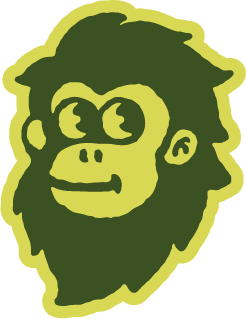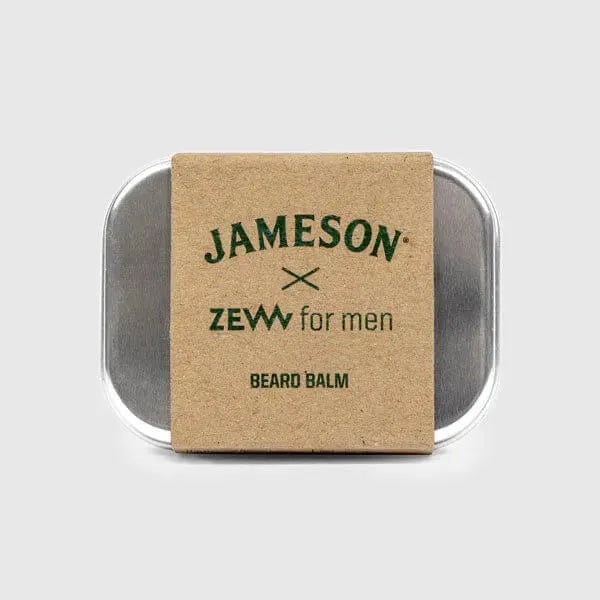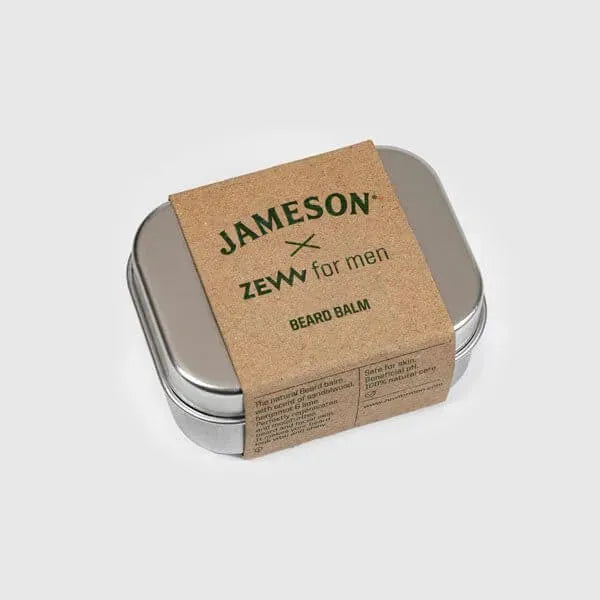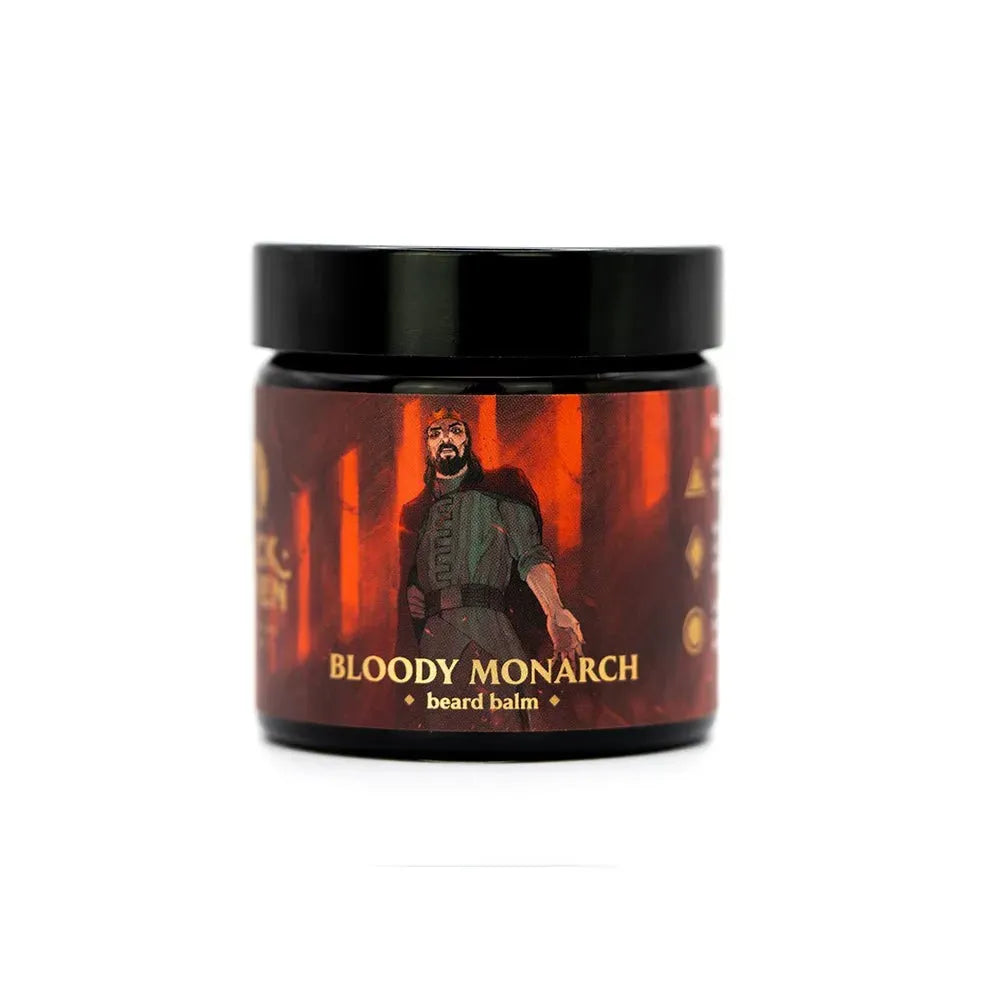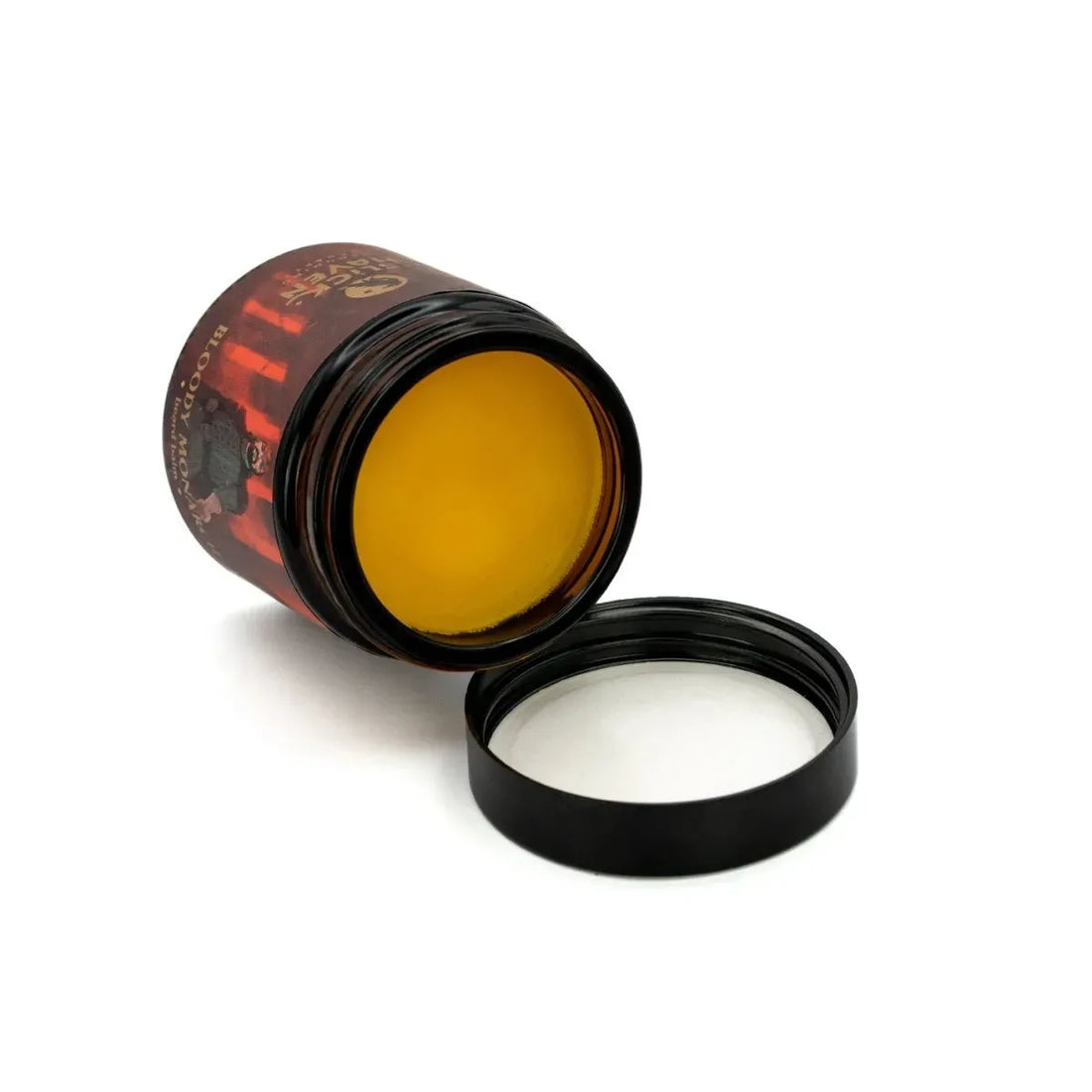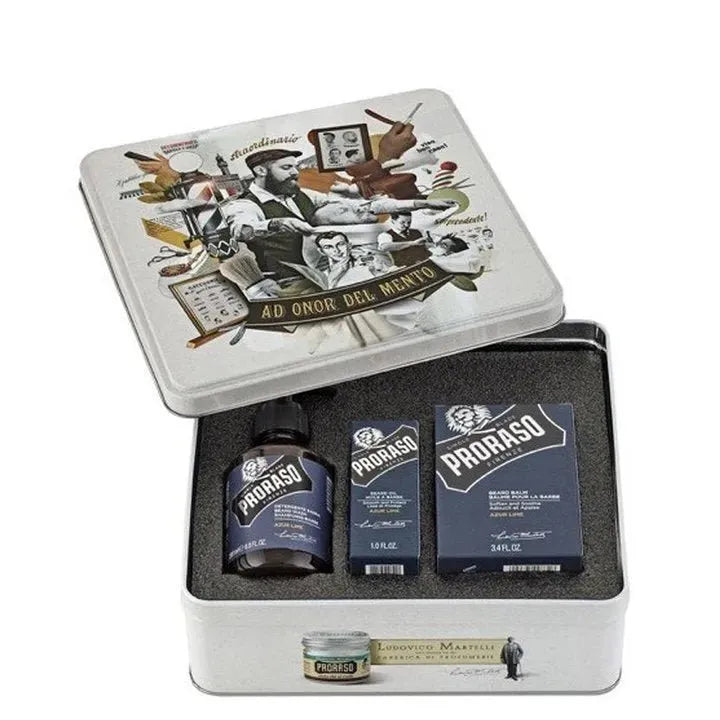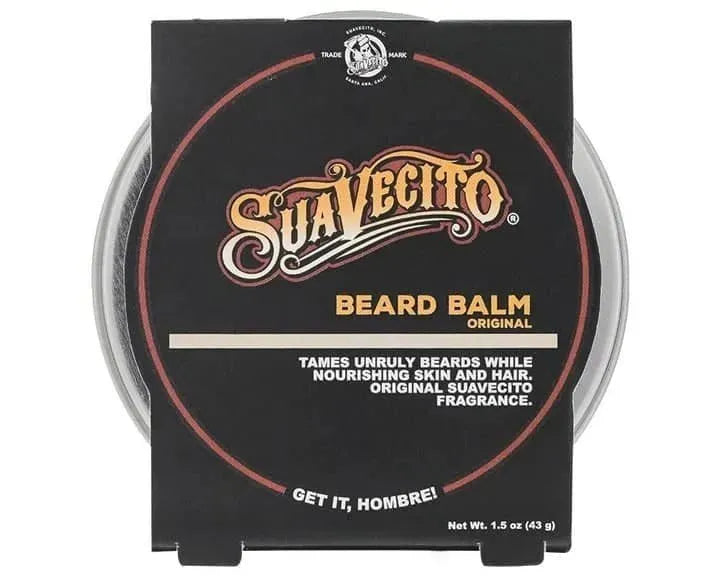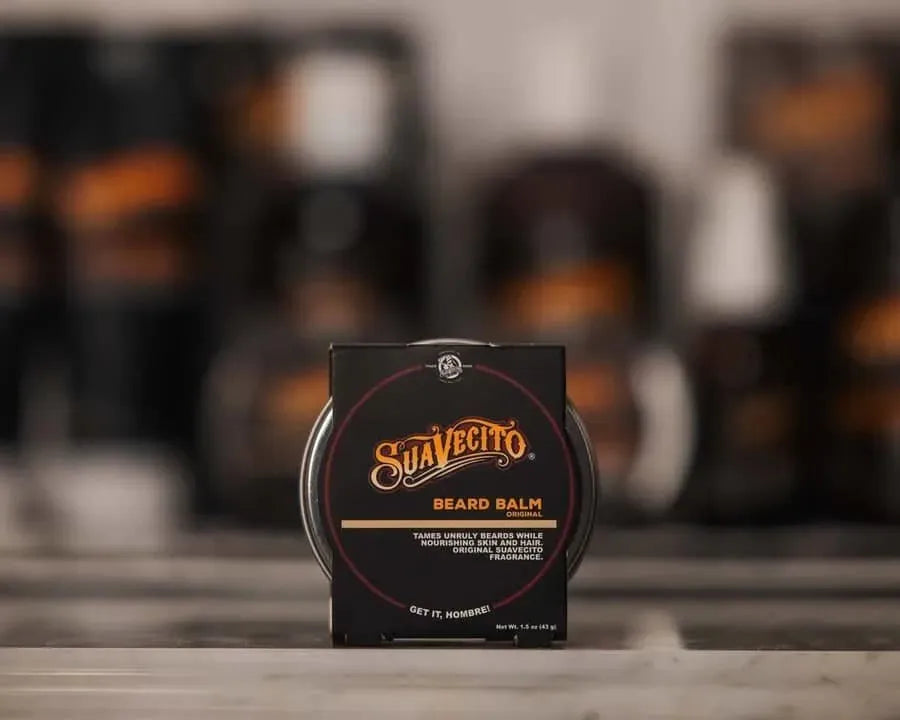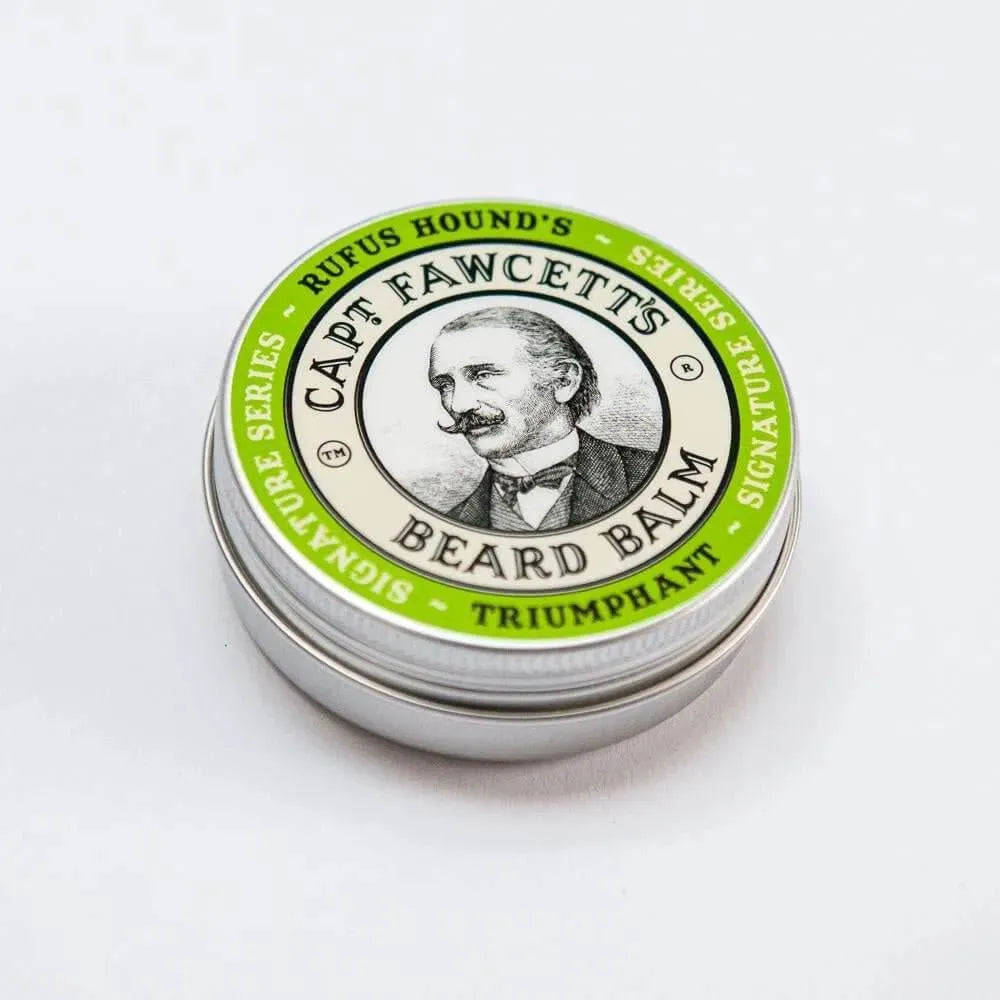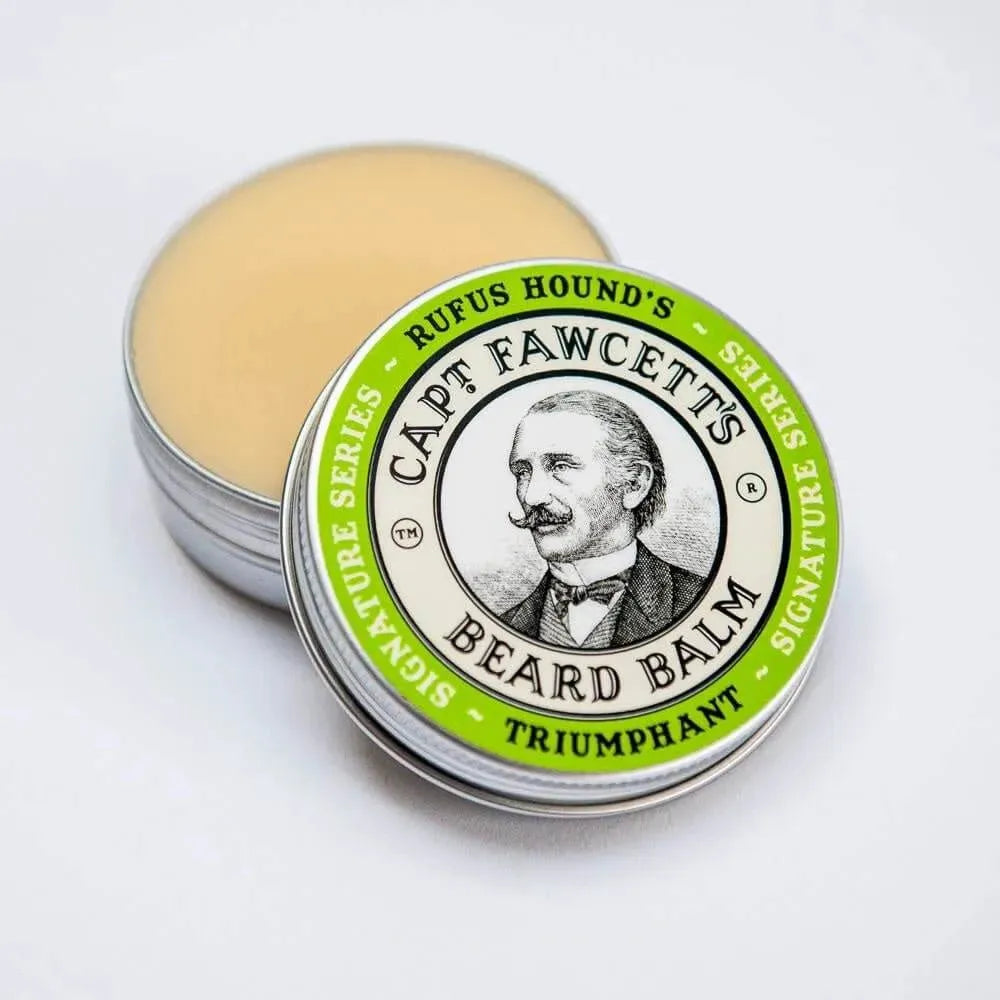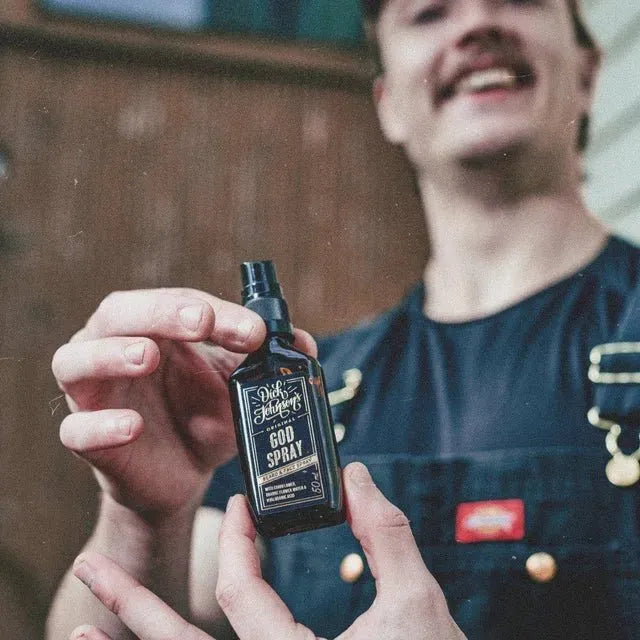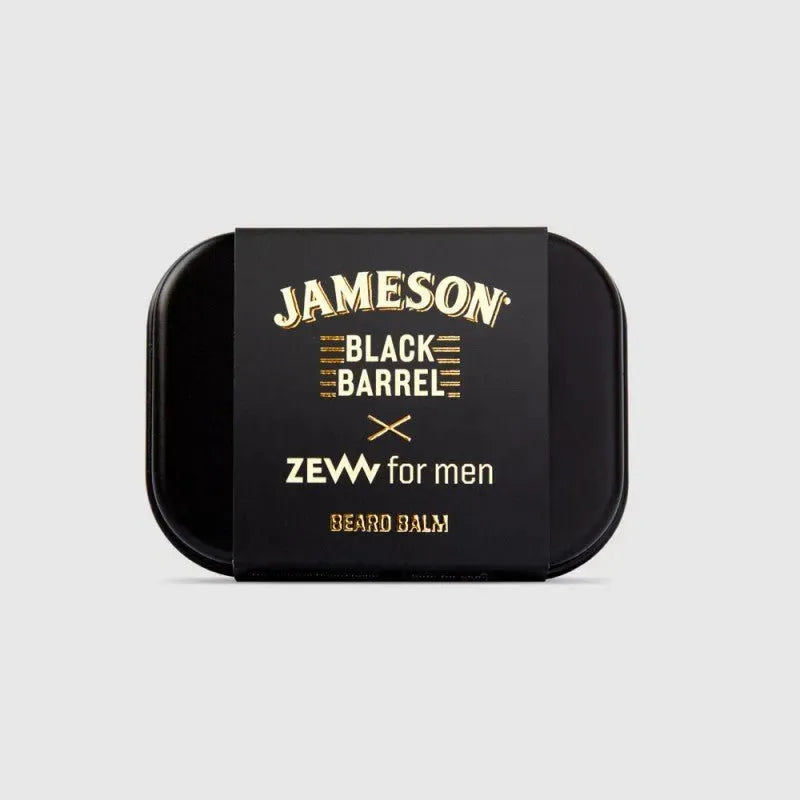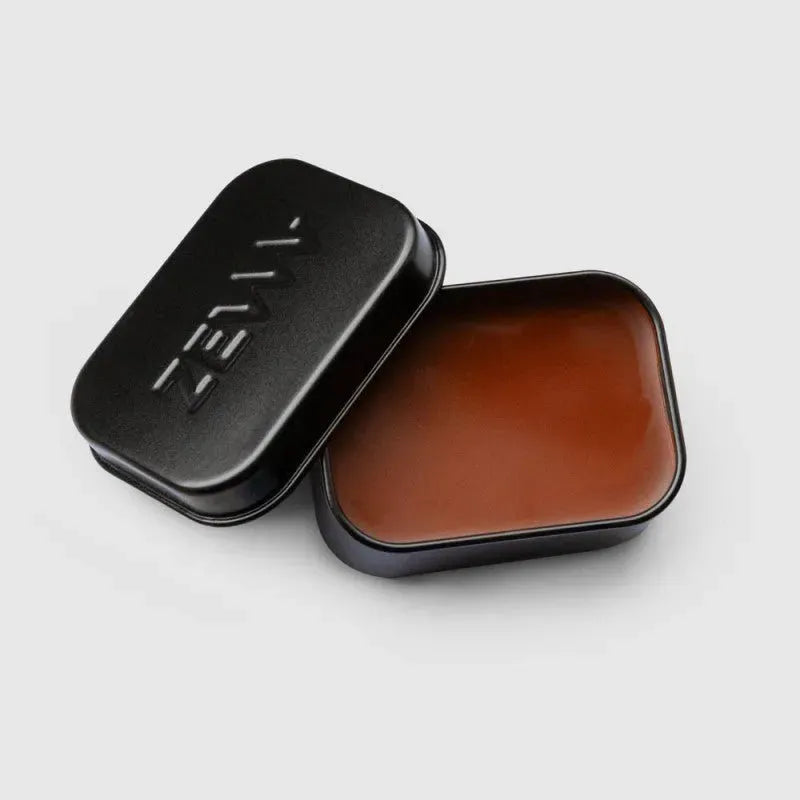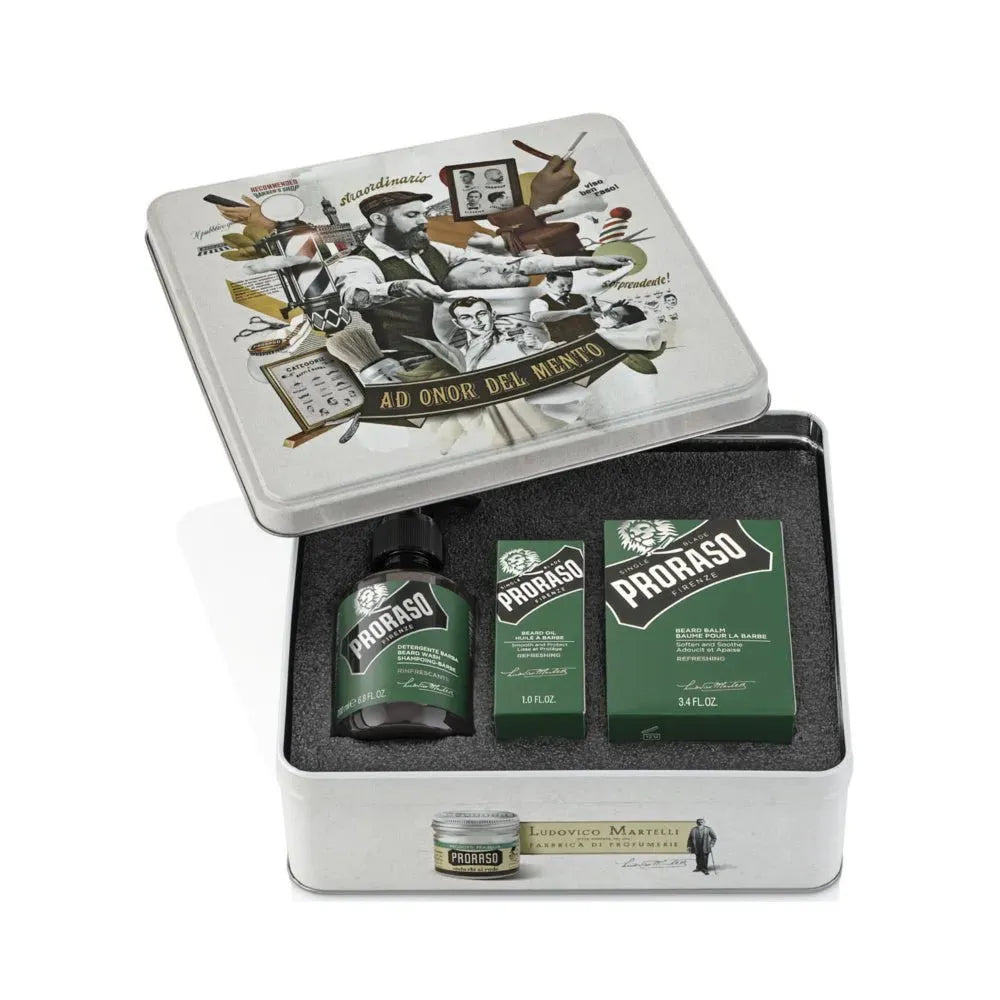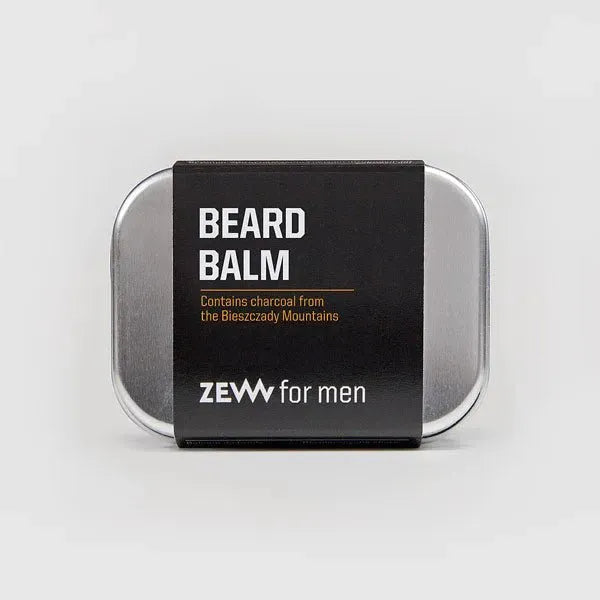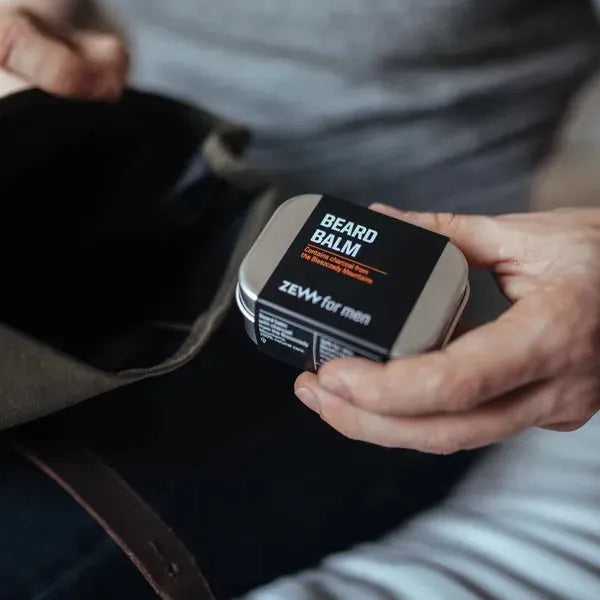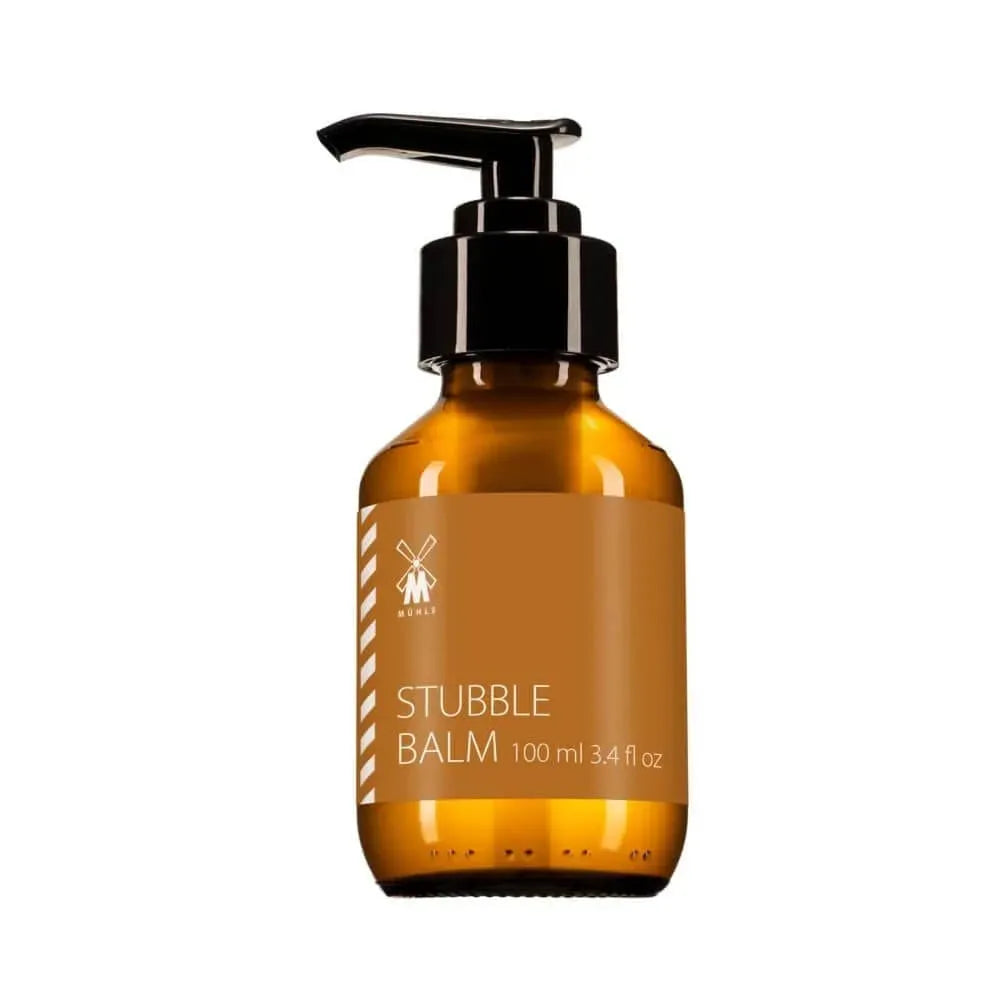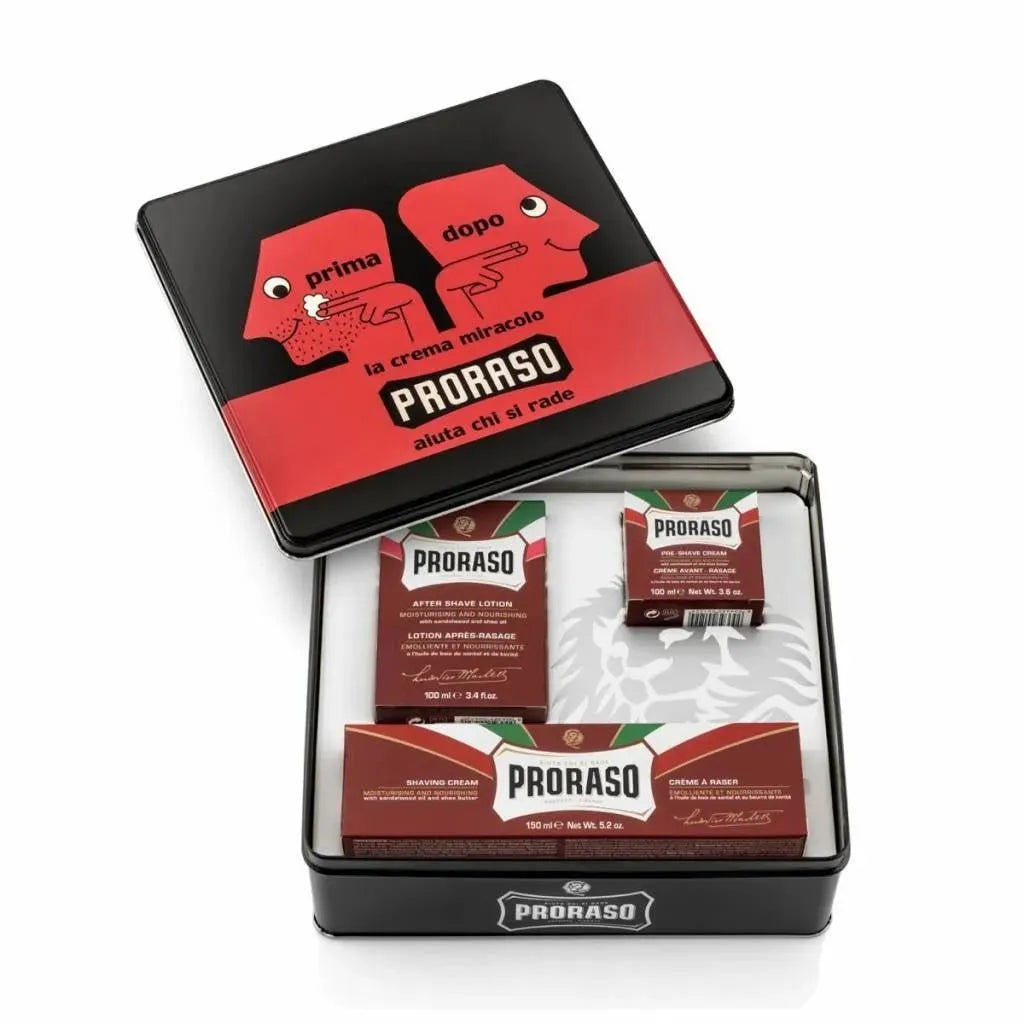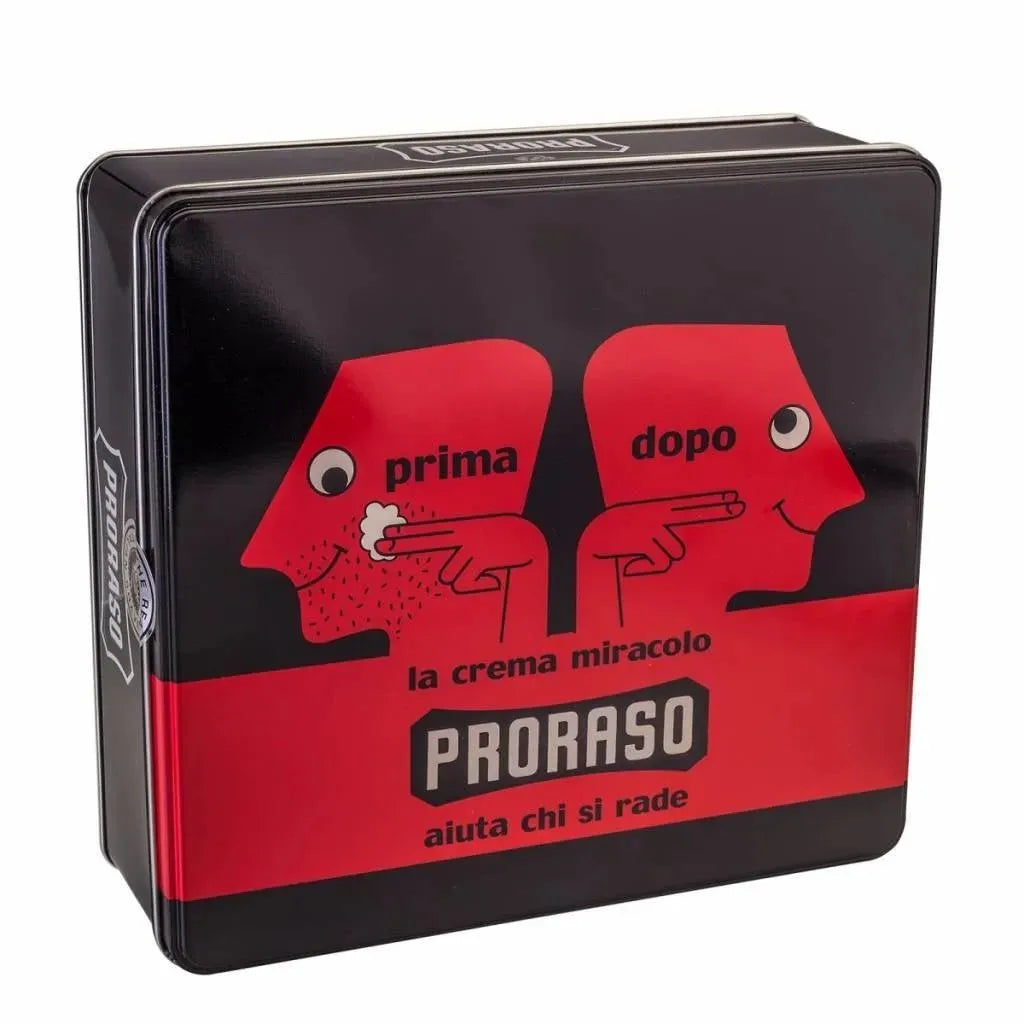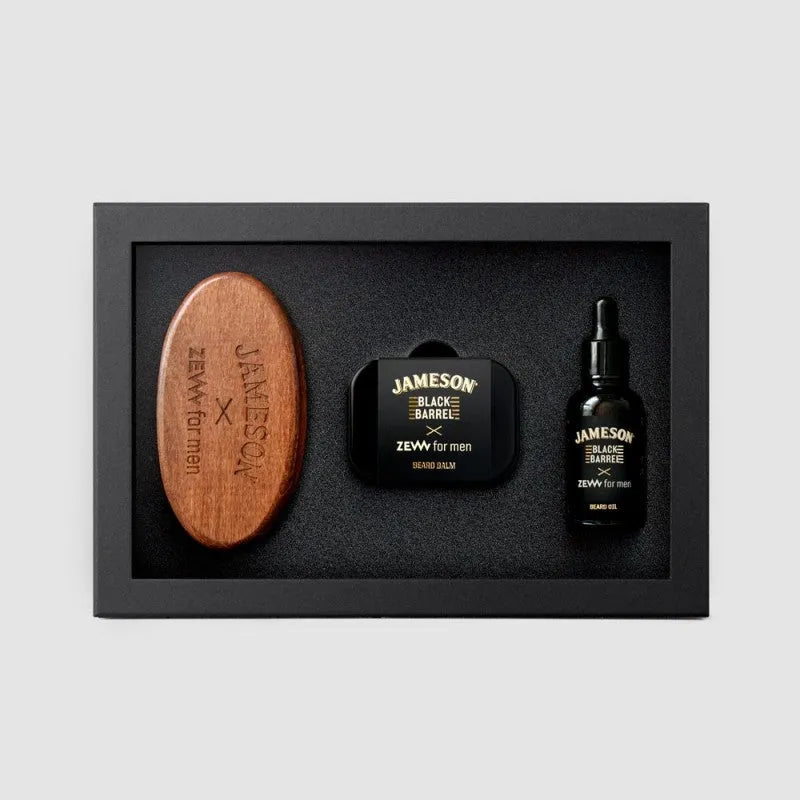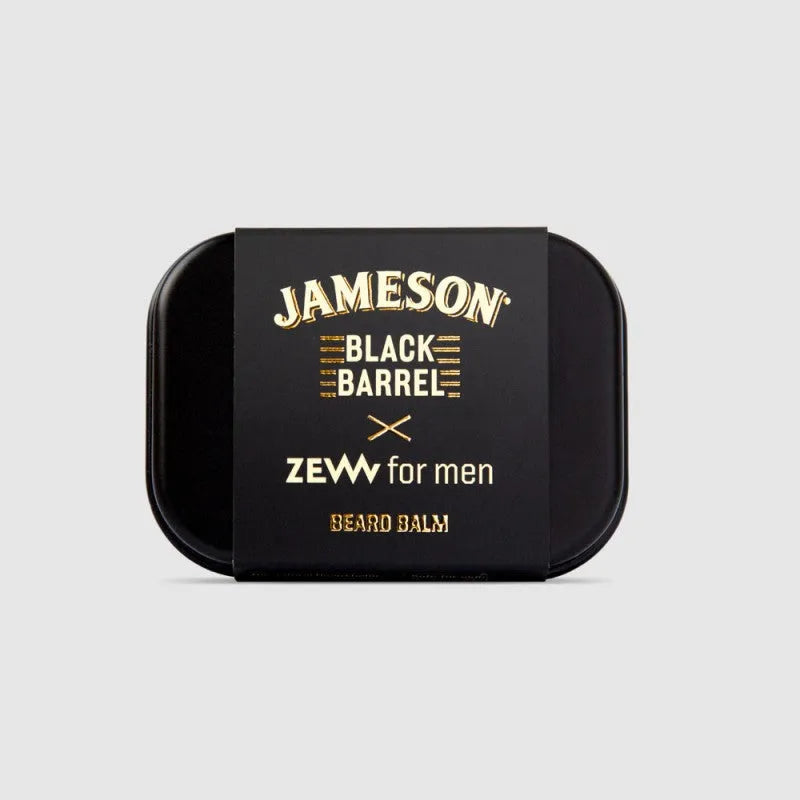Beard care
- Featured
- Best selling
- Alphabetically, A-Z
- Alphabetically, Z-A
- Price, low to high
- Price, high to low
- Date, old to new
- Date, new to old
Beard care
When should I start with beard care?
Beard care? We always recommend not trimming or cutting your beard for at least three weeks. Not all hairs grow at the same rate. If you trim or cut your beard earlier, you risk an uneven effect.
However, you can start cleaning and moisturizing your beard hairs in the first few weeks to minimize itching as much as possible. Use high-quality beard products for this. Beard shampoo and beard balm are essential. Beard balm is slightly less nourishing than beard oil, but it softens your skin and hair and is easier to apply. So that you can achieve the ideal beard care.
Why is it important to take care of your beard?
It may seem like men have it easy when it comes to facial care, especially when they choose to grow a beard or mustache. After all, they don't have to shave daily and the surface that needs care seems smaller. But is that really the case? As far as we're concerned, no. Even a beard and mustache require proper care to look healthy and well-groomed.
Beard care goes beyond just growing a beard. That is why we offer all the products needed for proper daily beard care in our store. Trust that when your beard looks good, the rest of your day will get a positive boost as well!
Beard care how do you do it?
Taking care of a beard involves several aspects. You need to maintain your beard (trimming, cutting, and shaving), wash it with special beard shampoo, nourish, hydrate, and style it. If you do this, we guarantee that you will have a healthy beard.
If you decide to grow a beard, it is of course important to purchase the right beard products, and you can of course do that with us!
Step 1 beard care: Maintain beard
You maintain your beard with a beard trimmer, beard scissors, and a razor. Use beard scissors to cut away the longest strands. Then use a trimmer on the shortest setting. Always start with the longest part of your beard. Now you can trim the entire beard.
Then go against the direction of hair growth again to remove any hairs that may have been missed. Repeat this if necessary with a shorter setting and continue until your beard reaches the desired length.
You use the razor to create the perfect line on your neck and to remove all hair from your throat and neck. Such a good razor should definitely not be missing from your beard product range.
Step 2 beard care: Washing the beard
You should wash your beard only with beard shampoo or beard soap. This is a mild shampoo that removes dirt residues and excess sebum from your beard without washing away all the natural (and especially healthy) oils. This prevents a dry skin under your beard, dry and coarse beard hairs, and thus a lot of itching and irritation. We recommend cleaning your beard two to three times a week. This may vary depending on your lifestyle. If you sweat a lot or get a lot of dirt on your beard due to, for example, your work, wash it more often and follow your own washing routine.
Step 3 beard care: nourish
Feeding your beard is necessary to maintain a healthy, soft, and beautiful beard. The underlying skin provides the hairs with enough oil. But when your beard hairs grow, that is not enough. This results in dry skin and dry beard hairs. You should always nourish your beard after washing, when your beard is dry again.
You can then apply a good beard oil to your beard. For longer beards, you can use a beard comb to distribute the oil evenly. For shorter beards, your hands are sufficient. A beard brush can also be used. If your beard is still very short and beard oil feels too greasy, you can use a beard balm. This is easy to apply and slightly less intense than beard oil.
Step 4: Styling the beard
Is your beard long enough to style? Then you can use beard balm to shape your beard. Apply a little beard balm to your beard and then comb your beard into the desired style. For a stronger hold, you can use beard wax.
Waarom zijn baardharen anders dan hoofdharen?
The difference between beard hairs and scalp hairs has to do with hormones, hair follicles, and the properties of the skin. Beard hairs are influenced by testosterone, the primary male hormone.
- Hair follicles: The hair follicles in the face respond differently to testosterone than the hair follicles on the scalp. As a result, beard hairs often grow thicker, more curly, and uneven in thickness. This can result in a coarser and stiffer texture of the beard hairs.
- Facial skin sensitivity: The skin of the face is more sensitive to testosterone than the scalp. This is because the receptors in the facial skin respond more strongly to this hormone. This can lead to the growth of terminal hair in the beard area.
- Fat content and pH value: The scalp produces more sebum than the skin on the face. As a result, the scalp is often oilier. The higher fat content and lower pH value of the scalp serve as protection against external influences. Using scalp care products on the beard can dry out the facial skin and make it more sensitive to bacteria.
For these reasons, it is important to use special care products for the beard. These products are specifically developed to address the unique needs of beard hair and the sensitive facial skin.
Mijn beginnende baard jeukt. Wat is de beste baardverzorging?
It is very normal for a beginner's beard to itch. This is because the growing beard hairs are a bit stiffer at first and can cause irritation. Fortunately, there are a number of steps you can take to reduce the itching:
- Clean your beard regularly: Use a mild beard shampoo to keep your beard clean. This helps to remove dirt, oils, and dead skin cells that can worsen itching.
- Hydrate your beard hairs and skin: Use a good beard oil daily to hydrate your beard hairs and the underlying skin. Beard oil helps keep the beard hairs soft and prevents flaking and itching.
- Use a beard balm: Beard balm can help reduce itching and better style the beard hairs. Choose a beard balm with natural ingredients that soothe the skin and soften the beard hairs. This way, you have better beard care.
- Trim your beard regularly: Trimming your beard can help keep the hair length even and prevent it from poking into the skin. Make sure to use a good beard trimmer or scissors to neatly maintain your beard.
- Be patient: Itching in the early stages of beard growth is often temporary. As your beard gets longer, the hairs will become softer and the itching will decrease. Give your beard time to grow and in the meantime, use the right care products.
Remember that caring for a beard is a process and it may take some time before you find the right routine and products that work for you. Stay consistent with your beard care and experiment with different products until you achieve the best results.
